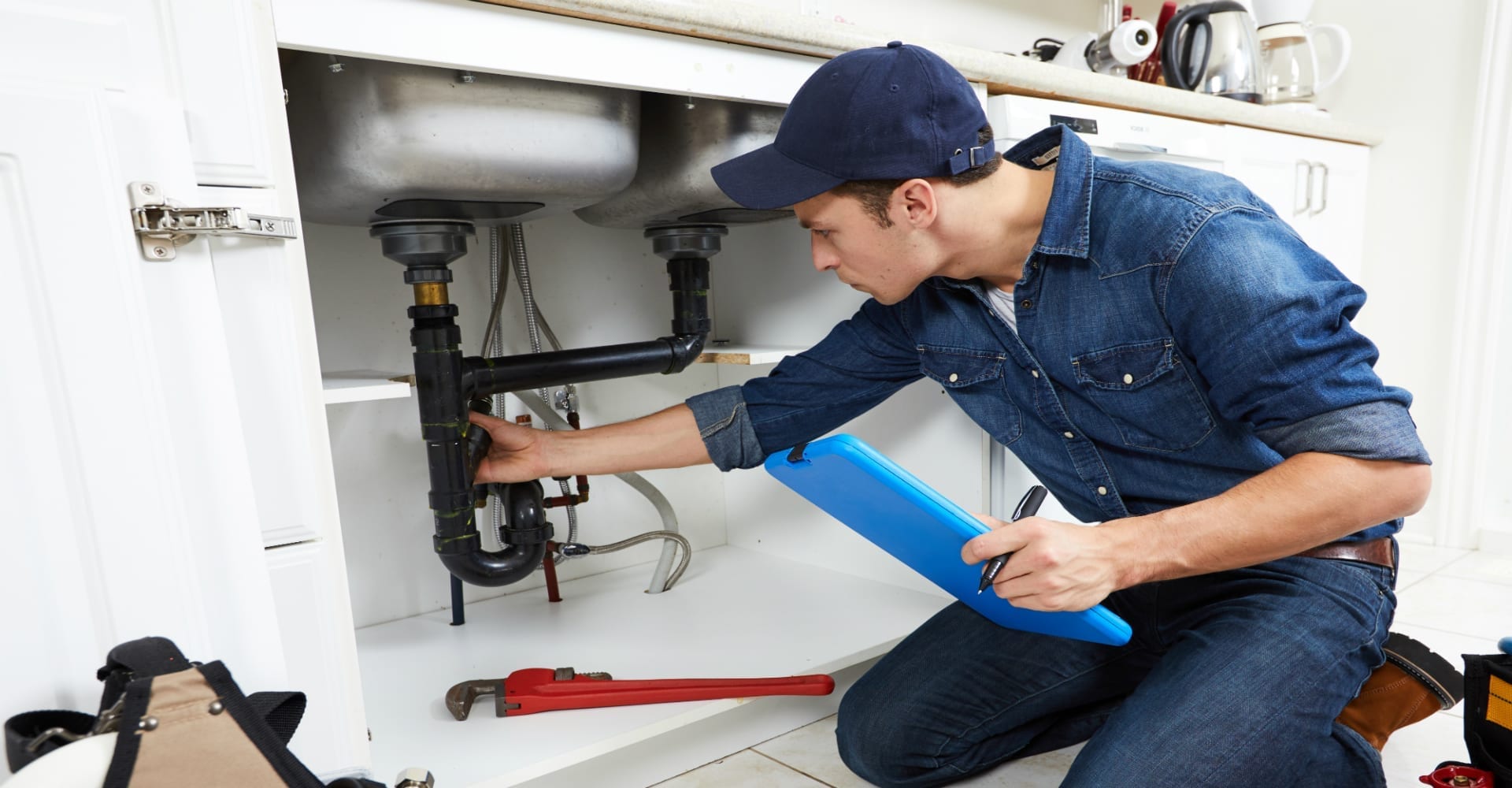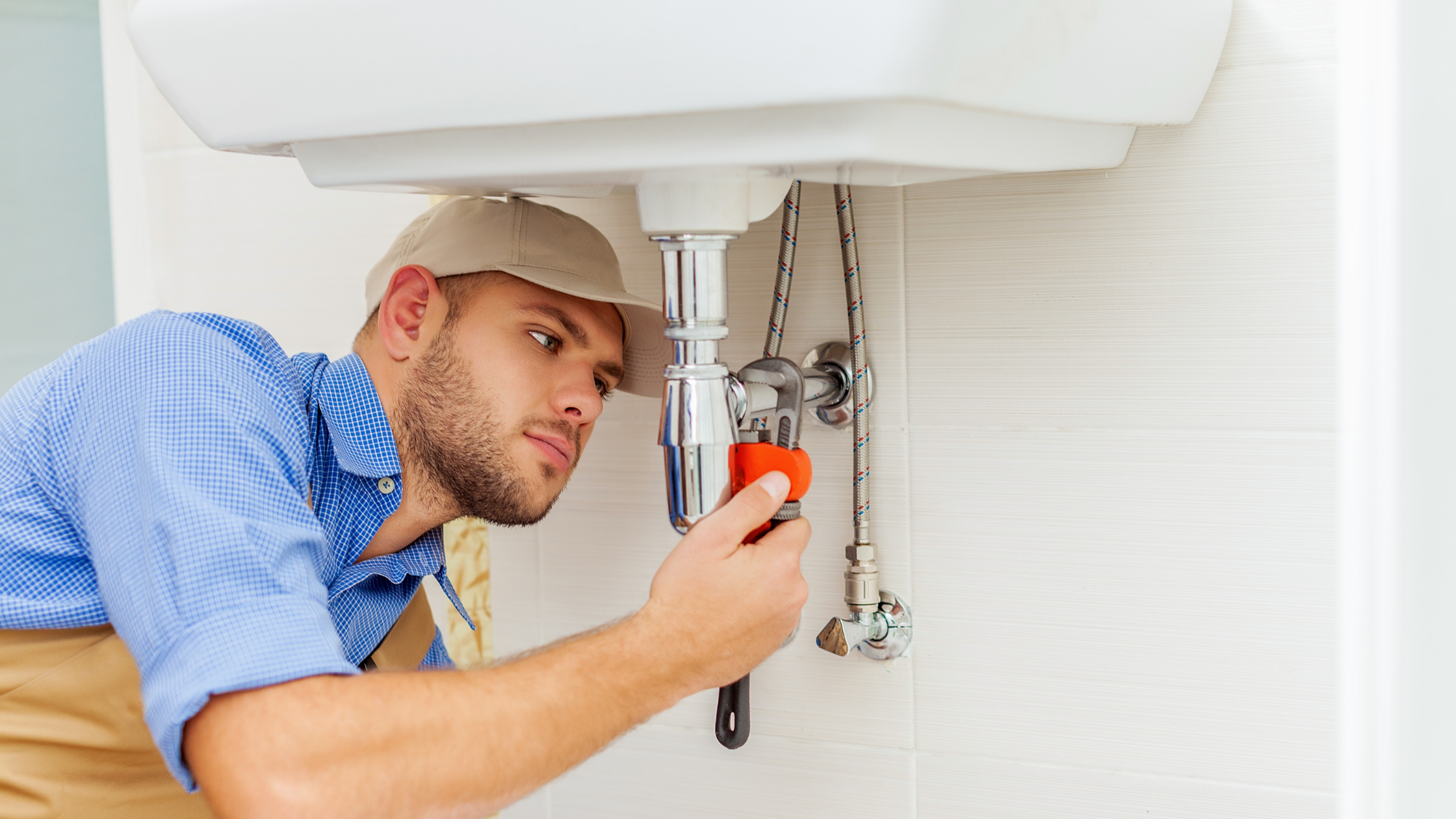Useful Plumbing Winterization Tips to Secure Pipe Bursts in Cold Conditions
Useful Plumbing Winterization Tips to Secure Pipe Bursts in Cold Conditions
Blog Article
Each person has their own beliefs about Winterizing Your Pipes.

All homeowners who live in temperate environments should do their finest to winterize their pipes. Failure to do so can spell disaster like icy, cracked, or ruptured pipelines.
Switch on the Faucets
When the temperature declines and also it seems as if the frigid temperature level will last, it will aid to turn on your water both inside as well as outdoors. This will certainly keep the water moving with your plumbing systems. In addition, the activity will slow down the cold process. Notably, there's no demand to turn it on full force. You'll end up squandering gallons of water in this manner. Instead, go for concerning 5 drops per min.
Open Up Cabinet Doors Hiding Plumbing
When it's cold outside, it would certainly be useful to open up closet doors that are concealing your pipelines. Doing this little technique can maintain your pipes warm and restrict the possibly dangerous end results of freezing temperatures.
Require Time to Wrap Exposed Pipeline
One easy and also nifty hack to warm up icy pipelines is to wrap them with cozy towels. You can also use pre-soaked towels in warm water, simply don't fail to remember to wear safety handwear covers to safeguard your hands from the heat.
Try a Hair Dryer or Warmth Weapon
When your pipelines are virtually freezing, your reliable hair dryer or warm weapon is a blessing. Bowling warm air straight right into them may help if the hot towels do not help dislodge any type of clearing up ice in your pipelines. However, do not use other items that create straight flames like an impact lantern. This can cause a bigger disaster that you can not regulate. You might wind up destructive your pipes while trying to melt the ice. As well as in the future, you might even end up melting your house. So beware!
When Pipelines are Frozen, close Off Water
If you discover that your pipelines are completely frozen or nearly nearing that stage, transform off the major water shutoff immediately. You will normally find this in your basement or utility room near the heater or the front wall surface closest to the street. Turn it off as soon as possible to prevent additional damage.
Don't fail to remember to shut exterior water resources, as well, such as your hookup for the yard home. Doing this will avoid additional water from filling up your plumbing system. Regrettably, with even more water, more ice will certainly accumulate, which will eventually bring about rupture pipes. If you are not sure about the state of your pipelines this winter months, it is best to call a professional plumber for an inspection. Taking this positive approach can conserve you hundreds of bucks in repairs.
All homeowners that live in temperate climates must do their best to winterize their pipes. Failing to do so can lead to disaster like icy, fractured, or burst pipes. If the warm towels do not aid remove any type of working out ice in your pipes, bowling hot air directly into them might assist. Turn off the main water shutoff immediately if you see that your pipes are completely frozen or almost nearing that phase. With more water, more ice will certainly stack up, which will at some point lead to break pipes.
PREVENT YOUR PIPES FROM FREEZING THIS WINTER
A Leading Cause of Property Damage
When the weather is taking a deep nose dive into the cold dreary days, the risk of your pipes freezing and potentially bursting skyrockets. Unfortunately, during these cold dreary months, burst pipes are the most common denominator for property damage. The pipes that are most at the risk are those that are in areas where it is most cold in your home. For instance, pipes located in interior places such as basements, attics, and your garage. Unfortunately, that doesn’t mean that the pipes running through your cabinets or exterior walls can’t freeze. Good news, however, is that you can do things to help prevent pipes from freezing.
How to Prevent Pipes From Freezing
Once the temperature starts to drop during the winter, you should be taking the proper measures needed to ensure that your pipes stay warm and that there is circulation of water through them. Some steps that experts may recommend could go against your better judgement when it comes to saving water and heat. However, it would go without saying that when expenses are compared, damaged pipes could put a bigger dent in your wallet than a water bill.
What Can I Do?
Keep your garage door closed. This is very important, especially if you have water supply lines running through your garage. Open your kitchen and bathroom cabinets to allow warm air to circulate through them. Allow air circulation throughout your home. Keeping the interior doors open will once again allow the warm air to circulate inside your home. Ensure your thermostat is running the same temperature throughout the night and day. If you plan to be away from home during the cold months, set your temperature no lower than 55° F. This should provide enough heat to keep the pipes warm and prevent any remaining water inside the pipes from freezing. For more of a long-term solution, add insulation to attics, basement, and other crawl spaces around your home. By allowing your faucet to drip, it will alleviate pressure in the system. This is important because the pressure that is created between the blockage and the faucet can potentially cause the pipes to burst. Allowing the faucet to drip will prevent the pressure from building up, therefore keeping the pipes from bursting. Seal any cracks, openings, and crawl spaces around your home to prevent cold air from coming inside. This keeps your pipes-not to mention your home-warmer and less susceptible to issues caused by freezing temperatures. For the pipes in your home that are easily accessible, applying electrical tape to them might prevent them from freezing over. This is a quick fix, as you can apply the tape directly to the pipe. There are two options for heating tapes. One turns on and off by itself when it senses heat is needed. The other type of heating tape needs to be applied when heat is needed and removed when not necessary. If you have exposed pipes in your home, you can check this website to take a look at a few options that would be available at a shop near you.

I am just very drawn to Prevent Freezing and Bursting Pipes and I am assuming you appreciated the entire blog post. Sharing is good. You just don't know, you may very well be doing someone a favor. Thank you for your time. Come back soon.
24/7 emergency plumbing? Reach out. Report this page